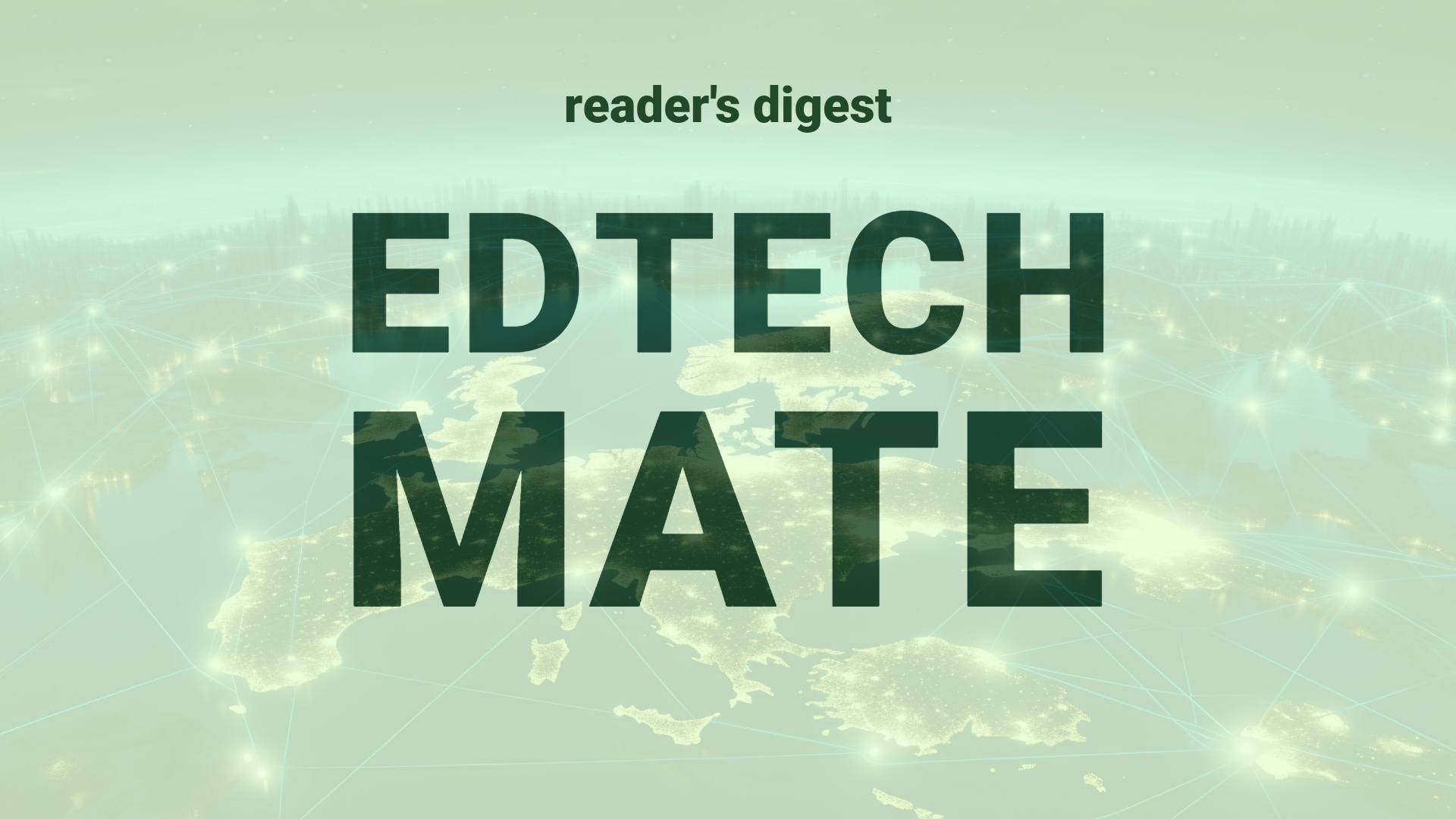Executive Summary and Main Points
The emergence of generative AI (gen AI) technologies presents a significant threshold for innovation in global higher education. Despite rampant discussions and high expectations surrounding gen AI, it has been reported that only a small fraction of companies have harnessed its value positively affecting their bottom line. CIOs hold a crucial position in transitioning from generative AI’s potential to tangible results by opting for varying implementation strategies such as utilizing off-the-shelf solutions, constructing custom large language models (LLMs), or adopting a hybrid method. Critical principles for effective scaling include setting concrete priorities based on strategic alignment with business goals, treating gen AI adoption as an integrative organizational sport, and judiciously reusing or adapting existing tech architecture and data management processes. This proactive approach is vital for integrating gen AI across domains in the higher education arena.
Potential Impact in the Education Sector
The strategic infusion of gen AI in Further Education, Higher Education, and Micro-credentials can revolutionize learning experiences, administrative efficiency, and the personalization of education. By setting clear priorities, education institutions can ensure gen AI solutions directly address instructional challenges, enhance student engagement, and offer adaptive teaching methods. As ‘Shapers,’ these institutions could integrate bespoke gen AI tools within existing systems, enriching curricula and fostering nuanced learning analytics. The emphasis on collaboration among IT departments and academic units mirrors the ‘team sport’ approach of gen AI integration, promoting an ecosystem where AI-enabled tools, such as chatbots and personalized content generators, can flourish.
Potential Applicability in the Education Sector
Institutions may leverage AI to curate customized learning pathways, automate routine administrative tasks, and support research endeavors. Scalable AI frameworks can facilitate global classroom interconnectivity and enable multilingual support, broadening educational access. Further, AI-driven analytics could refine student support systems by predicting performance and offering timely interventions. Strategically, gen AI could foster international partnerships via shared digital platforms and joint research initiatives, facilitating a global exchange of knowledge and learning practices.
Criticism and Potential Shortfalls
One must approach gen AI with cautious optimism in global higher education, acknowledging challenges such as financial outlays, interoperability with existing systems, and scalability constraints. Ethical considerations, including data privacy, biased algorithms, and the digital divide, must be rigorously managed. Cultural sensibilities are paramount in curating AI content that is inclusive and representative of diverse student populations. Comparative case studies from institutions worldwide reveal disparities in AI adoption rates and success, often correlating to differences in governance, technological infrastructure, and investment capacities.
Actionable Recommendations
Higher education leadership can undertake specific actions to align gen AI with strategic objectives. Convening cross-functional teams, including educators, IT professionals, and governance bodies, will ensure a cohesive AI adoption strategy. Institutions might start with small-scale pilot programs targeting specific pain points to validate concepts and demonstrate value. Open-source AI models or partnerships with tech vendors could lower entry barriers. Ongoing professional development programs will equip educators with the requisite skills to harness AI effectively. Finally, developing frameworks to address ethical concerns and encouraging international collaboration can lay a foundation for responsible and impactful gen AI implementation in higher education globally
Source article: https://www.cio.com/article/2500672/scaling-gen-ai-right-takes-a-certain-kind-of-cio-are-you-one-of-them.html

